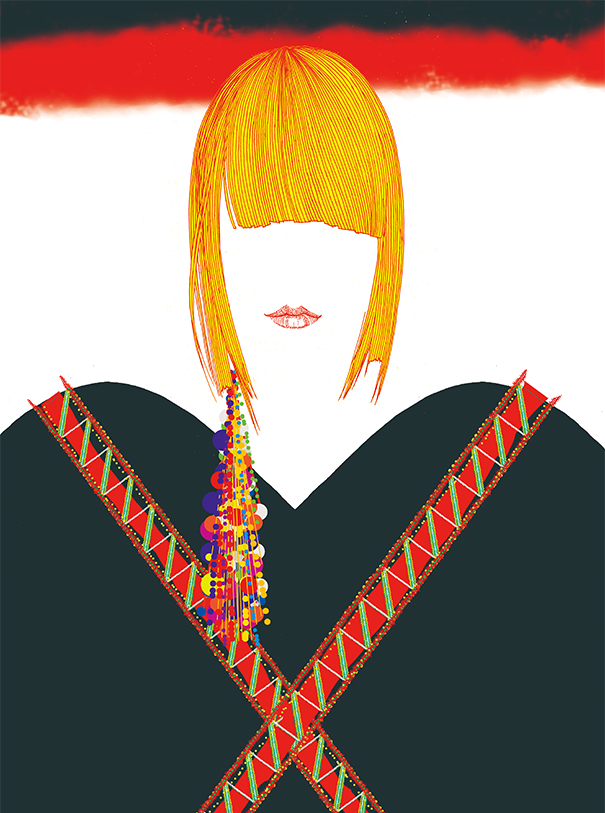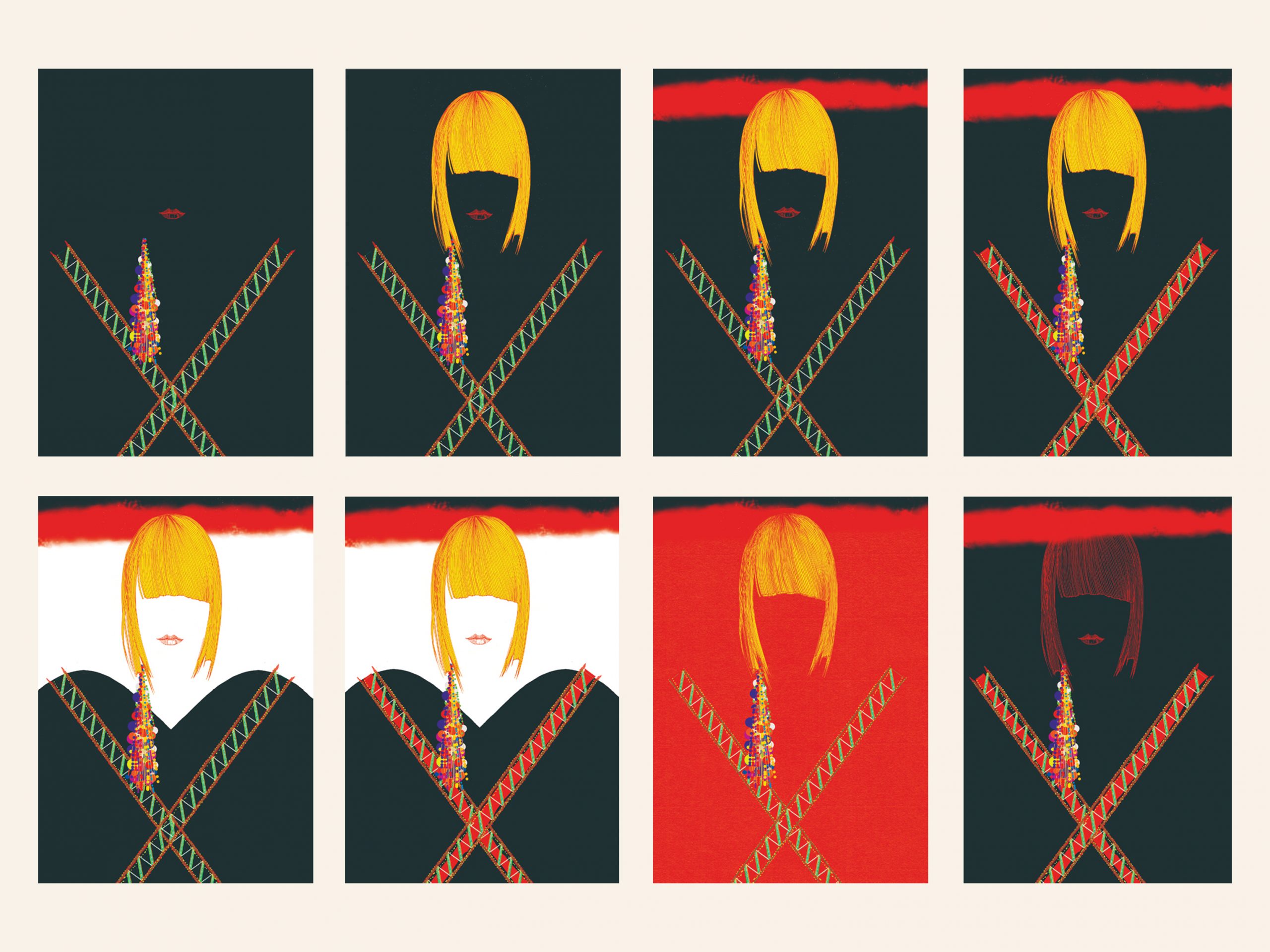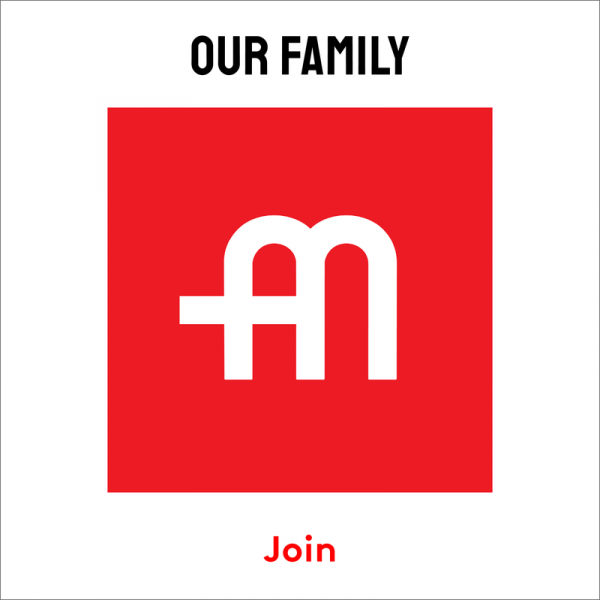
Japanese illustrator Hiroshi Tanabe has been working with Achtung for a decade. He used to live in New York and do illustrations for our early beauty pages and then moved back to Tokyo to take care of his ailing father (a Japanese tradition) and rediscover his home. He now often sends us colored dispatches from Nippon like his lockdown diary. But Tanabe is first and foremost one of the best fashion illustrators in the world. Always keeping his finger on the pulse of the times and yet following the origins of traditional art, he uses traditional Japanese woodblock printing as inspiration in his craft. His first commission: A T-shirt design for a nightclub in Milan. He has created works for many established brands and media since, and Hiroshi has also produced an illustration for the cover of our current Black Forest issue.
Achtung: How did you come up with the motif for our back cover?
Hiroshi Tanabe: I drew this illustration by transforming the Black Forest fashion themed costume into a dress with a modern silhouette. An X-band sewn to protect the heart-shaped silhouette dress – it is our strong will to face the current harsh conditions.

A: We wanted to produce our own fairytale with our current issue. Did fairy tales also play a role in your childhood and if so, is there one you remember?
HT: There is a Japanese fairy tale called “The Grateful Crane”. This fairy tale shows that it is our destiny to want to see when we are told not to look.
The crane, an elegant and beautiful bird, is considered to be auspicious in Japan. In this story, a poor farmer receives good fortune after he rescues a wounded crane. But unfortunately his curiosity gets the better of him, and his luck does not hold out. It’s a short, rather sad, but beautiful story.
A: What would an illustration by you of this fairy tale from your past look like?
HT: In this story there is a scene where a beautiful girl is supposed to be weaving textiles, but in reality it was the crane that was weaving textiles. If I were to draw an illustration for the fairy tale, I would draw the shadow of the beautiful girl in the shape of a crane.
A: Many fairy tales have roots that reach far back into the past. In your craftsmanship, you also go back to traditional Japanese woodblock prints. Why did you choose this aesthetic for your art?
HT: There were many woodcuts and etchings in the fairy tales I read as a child, just like in the illustrations in my favorite books. I think these pictures influenced my illustration style, especially the line drawing part.

Schwarz Rot Gold Schwarzwald Inspiration
A: Fashion is becoming more and more digital, many collections and shows currently seem almost animated like computer games, why does the industry still need craftsmanship like illustrations? What power do they have?
HT: Unlike animations and photos, purely digital illustrations are cold and tend to make one’s work look like others. Therefore, it seems that handwritten illustrations need warmth and dedication.
A: Does art in your eyes primarily stand for aesthetics or a certain statement? What about your art in particular?
HT: My illustrations are digital as well as hand drawn. As mentioned above, the warmth of hand-drawn illustrations is important. However, in my case, I control the expression of coldness by adding a minimum of digital to the hand-drawn illustrations. I am trying to directly convey the minimum element of the theme.
A: How are you doing as an illustrator in Corona times?
HT: Fortunately, I can do my job without meeting people. In Japan, the galleries are open even in the Corona situation, so I try to go there occasionally to get inspiration.

